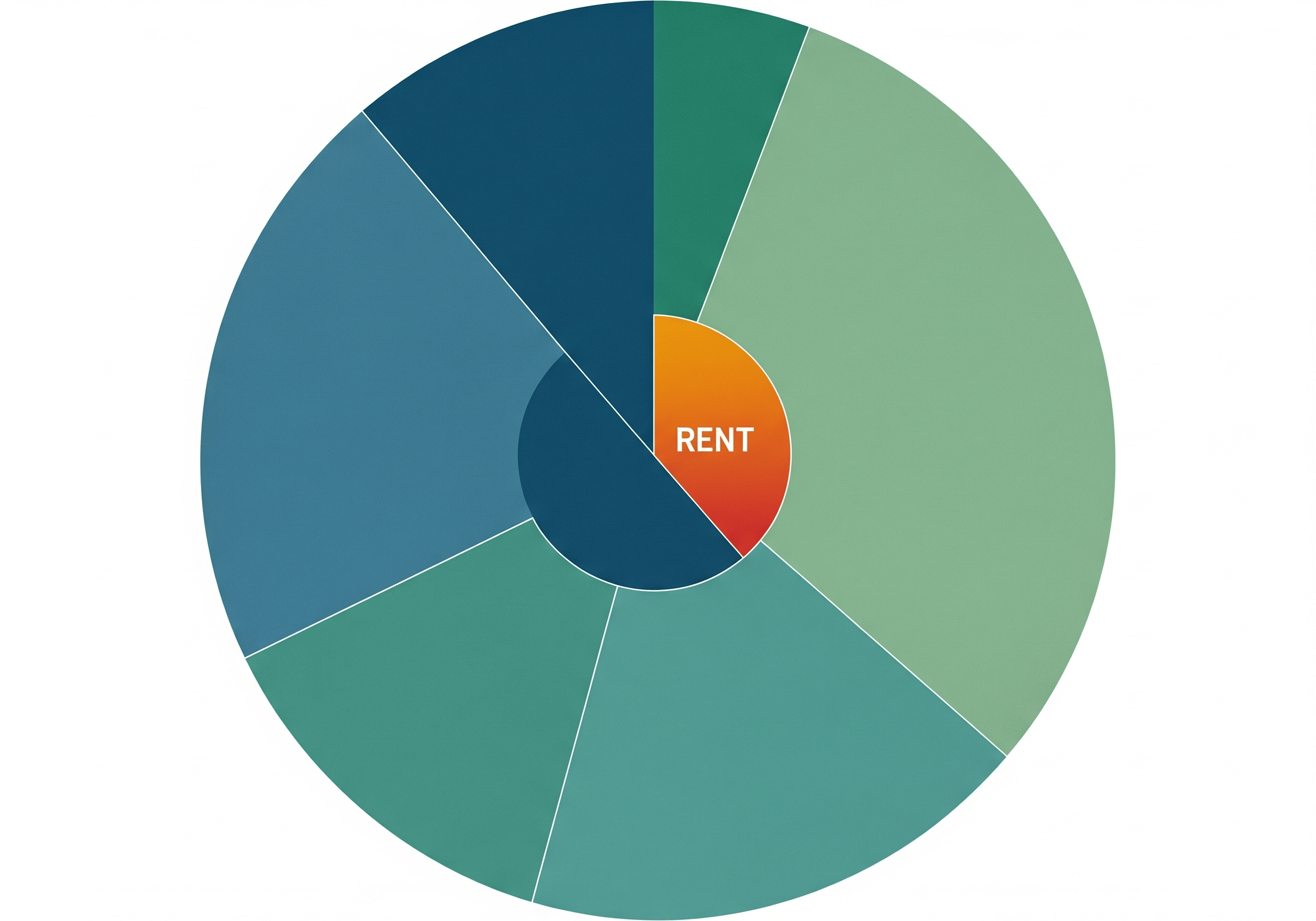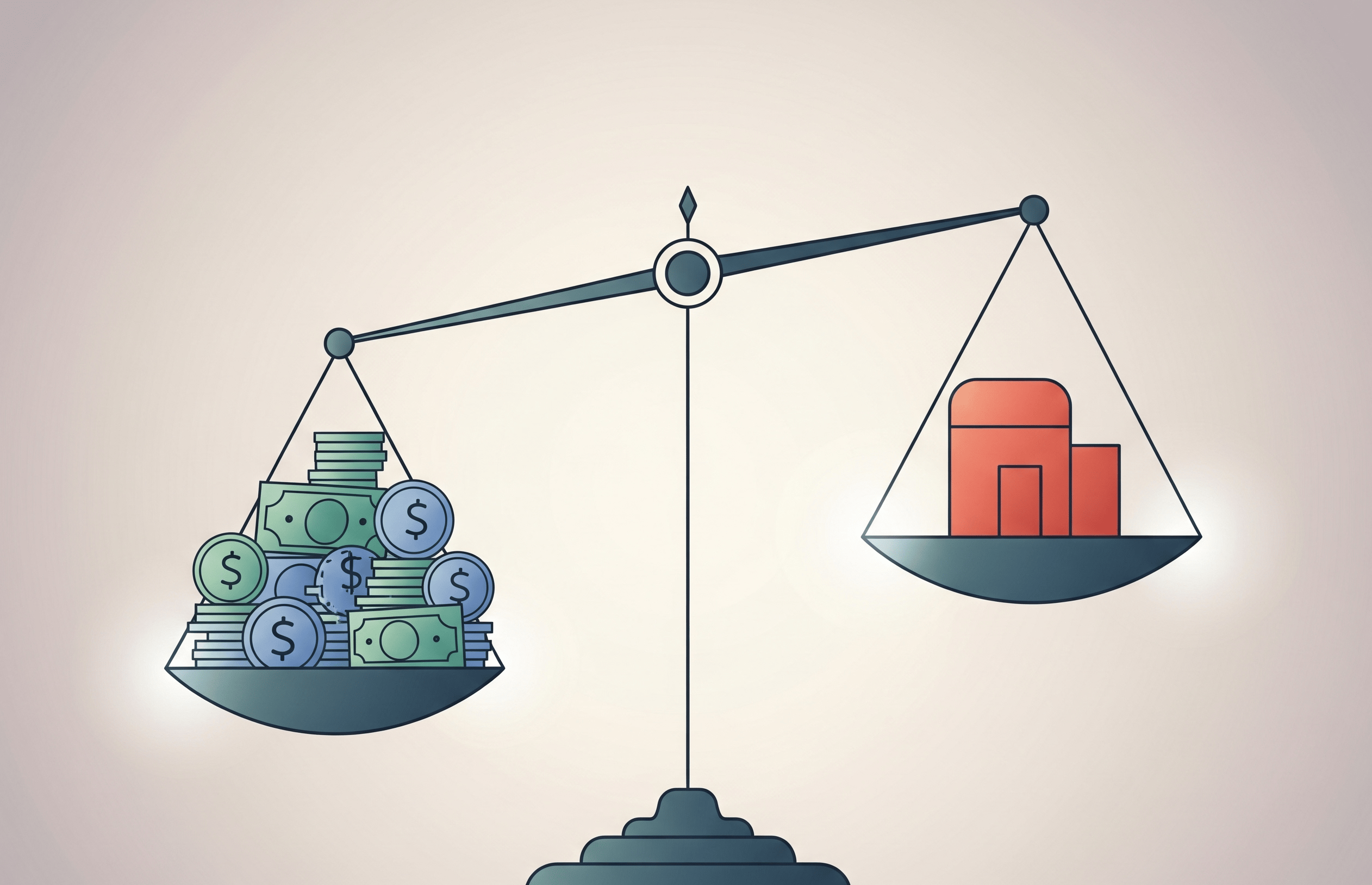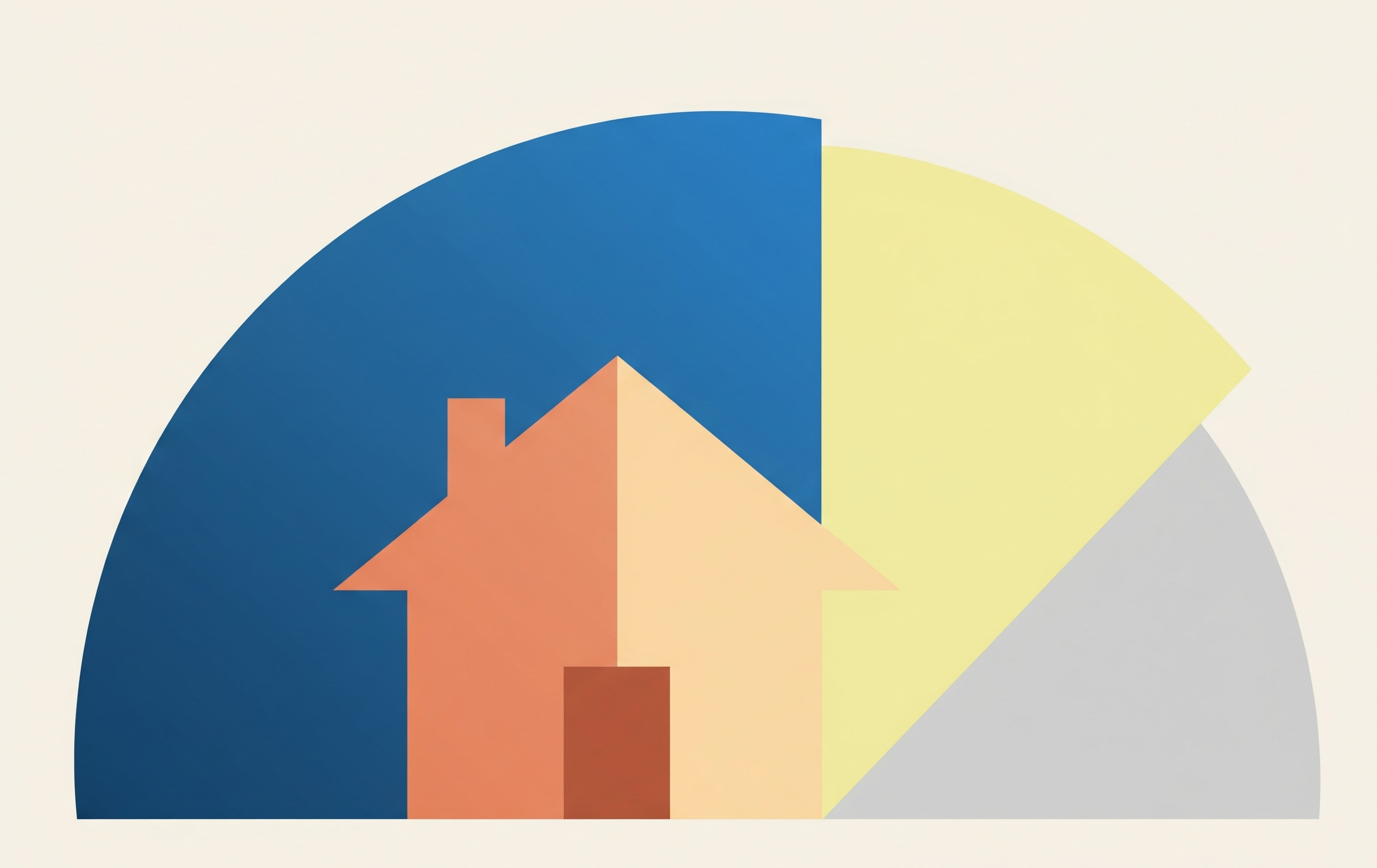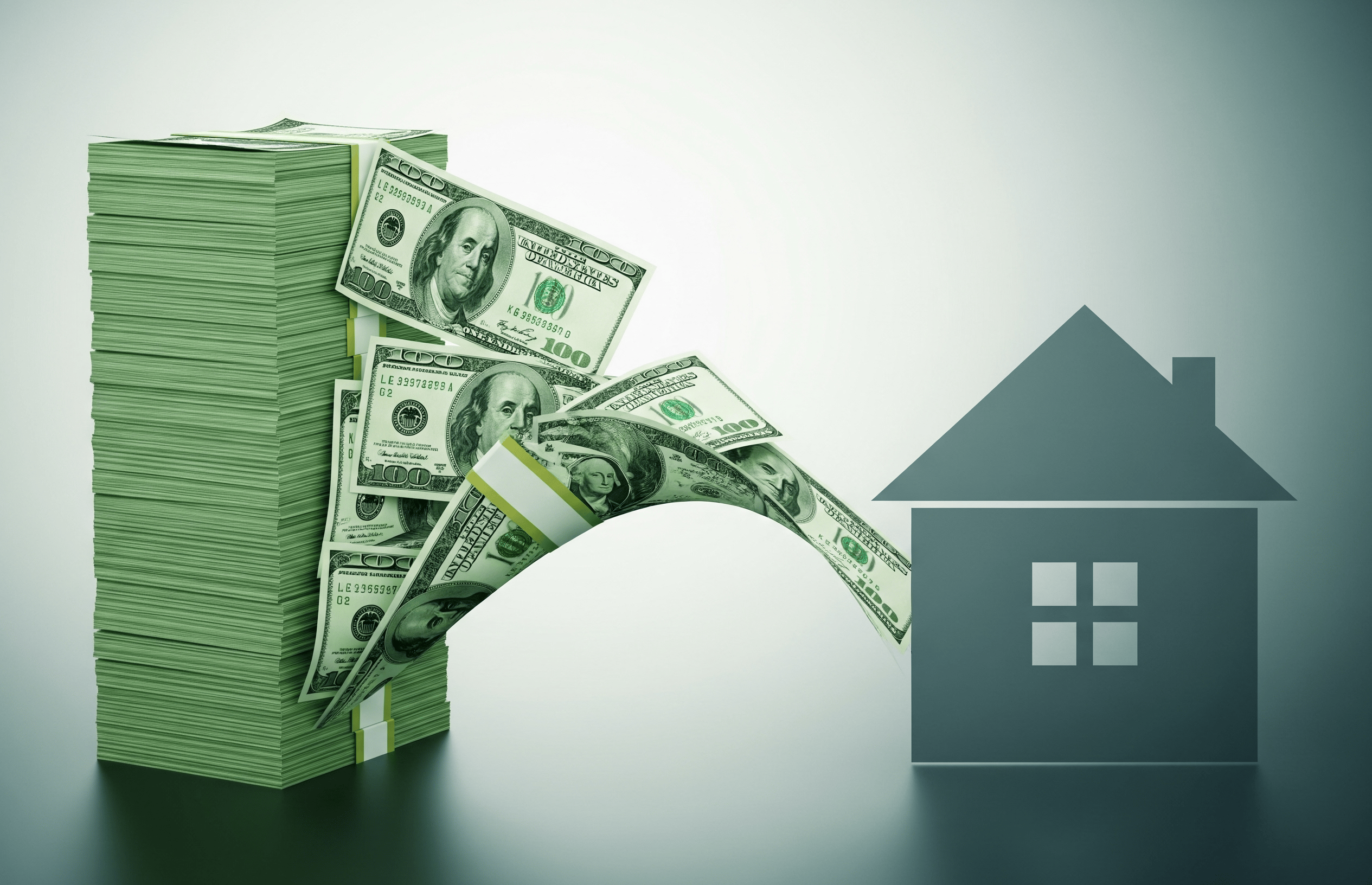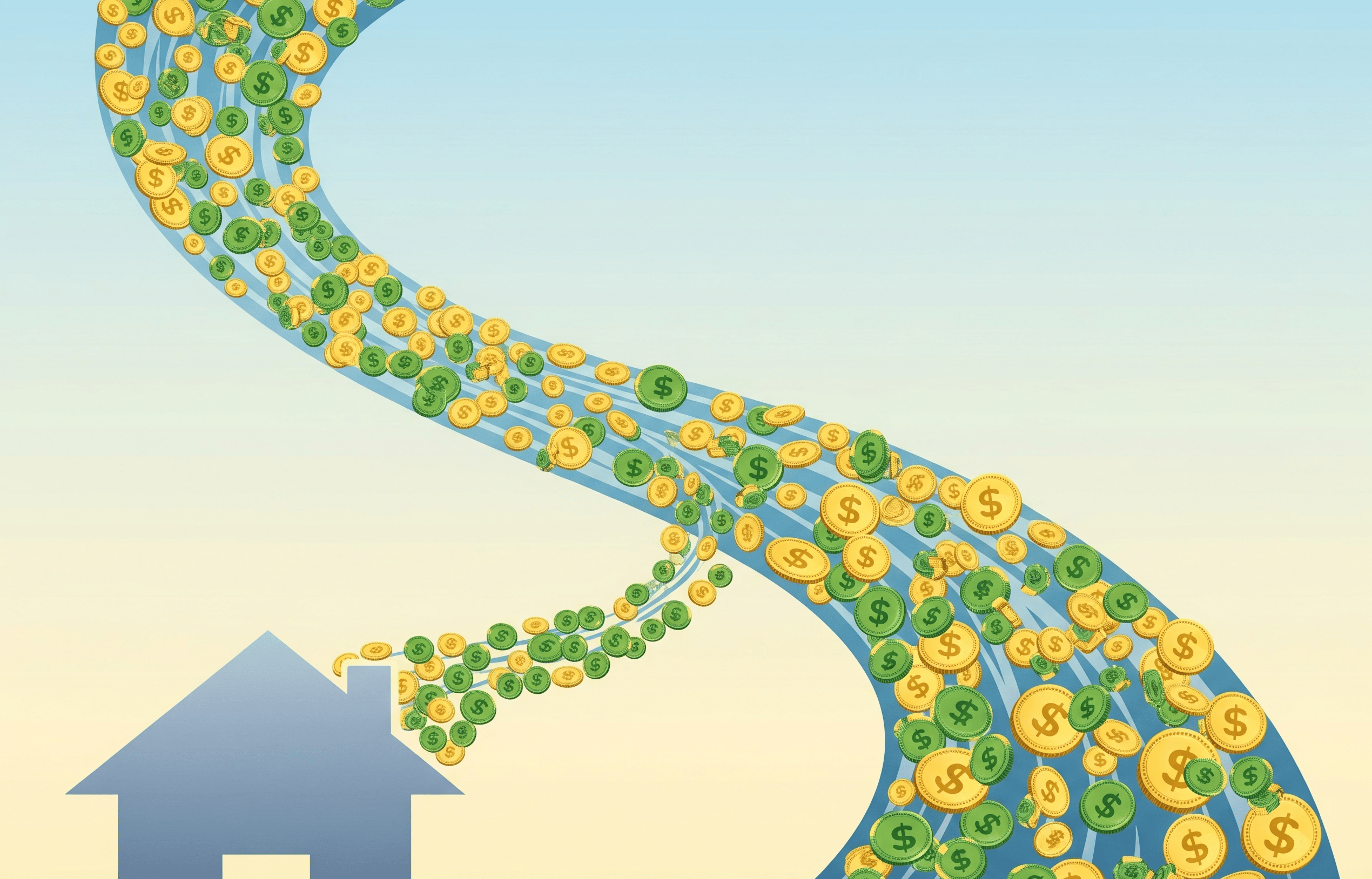By: Joyce (marketing and finance enthusiast, creative solutions, data storyteller)
Date: 6/24/2025
The price to rent ratio is a straightforward way to compare the cost of buying a home to the cost of renting one. It tells you how many years of rent it would take to equal the purchase price of a home in your area. As housing affordability continues to shift across U.S. cities and suburbs, this ratio has become a key number to watch-especially in 2025, when mortgage rates remain high and home values are outpacing wage growth in many places.
What Is the Price to Rent Ratio?
The formula is simple: Home Price ÷ Annual Rent = Price to Rent Ratio
So if a home costs $360,000 and renting a similar one cost $2,000 per month (or $24,000 per year), the price to rent ratio is 15.
This ratio helps you figure out whether it's more cost-effective to buy or rent in your market. Generally:
- A ratio of under 15 suggests that buying may be cheaper in the long term.
- Between 15 and 20 means the choice depends on your lifestyle, job security, and how long you plan to stay.
- Being over 21 usually means renting is a financially smarter option.
Real Life: When Renting Made More Sense
Take Emily from Tampa, for example. After getting a job in tech during the pandemic, she rushed to buy a townhome in 2021. Two years in, her adjustable-rate mortgage spiked, and her maintenance fees doubled due to insurance costs and hurricanes. When she reran the numbers in 2024, the price to rent ratio in her area had jumped to 29. She sold the home, downsized to a rental apartment nearby, and resumed saving for long-term goals. "I thought owning was the only responsible choice. But renting gave me back control over my finances," she said.
Her experience isn't unique. As the ratio continues to rise, many Americans are discovering that renting isn't just temporary-it can be strategic.
Why the Ratio Is Trending Higher
The Federal Reserve Bank of Dallas notes that since 2020, the price to rent ratio has risen nearly 20%, driven by an imbalance between rapidly climbing home prices and only modest rent increases. This jump brings the ratio close to the levels seen before the 2008 housing crash. You can explore more in their research here.
That doesn't mean a crash is coming-but it does suggest that in many metro areas, it now takes far more rent to "equal" the cost of buying a home.

Suburbs Are Changing the Math
Suburbs are no longer automatically cheaper. Recent data shows renters now dominate in towns around Boston, Dallas, and Tampa. This suburban shift pushes up demand for rentals and changes the price to rent ratio in places that were once buyer-friendly.
Check local housing trends using resources like the Census Bureau and the Consumer Financial Protection Bureau before deciding.
How Policy Affects the Ratio
In cities like New York, where rent freezes are under discussion for stabilized apartments, rental prices are being held steady while home prices rise. This can exaggerate the price to rent ratio, making it look like renting is a much better deal. While that may be true for long-term renters in regulated units, it doesn't always apply to new renters or buyers.
For policy impacts and protections in your area, check with the National Low Income Housing Coalition.
Luxury vs Budget Rentals: Don't Be Fooled
Averages can be misleading. In places like Austin, luxury apartment vacancies are high-but entry-level rentals remain scarce and expensive. This means the price to rent ratio might suggest affordability where it doesn't really exist. Always compare units within your price range when calculating.
How to Calculate Your Local Ratio
Here's how to do it:
- Find the average home price and rent in your zip code.
- Multiply monthly rent by 12.
- Divide home price by annual rent.
For example: $480,000 ÷ ($2,500 × 12) = price to rent ratio of 16
You can also use this free rent vs buy worksheet from HUD.
What This Means for You
The price to rent ratio can't predict the future, but it's a strong signal. If it's high in your city, take a closer look before jumping into homeownership. Renting might give you more financial breathing room-especially if you're building credit, managing debt, or uncertain about staying long-term.







